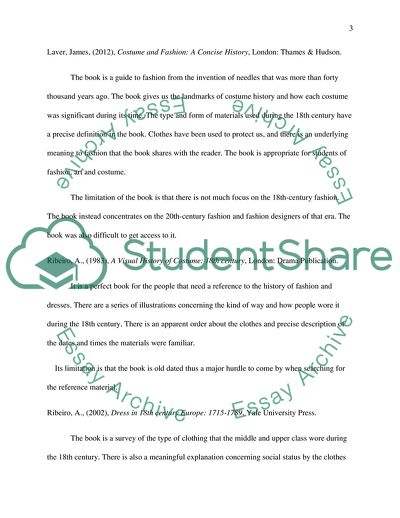Cite this document
(18th Century Dress for Women in France Term Paper, n.d.)
18th Century Dress for Women in France Term Paper. Retrieved from https://studentshare.org/culture/1875247-discuss-18th-century-dress-for-women-in-france
18th Century Dress for Women in France Term Paper. Retrieved from https://studentshare.org/culture/1875247-discuss-18th-century-dress-for-women-in-france
(18th Century Dress for Women in France Term Paper)
18th Century Dress for Women in France Term Paper. https://studentshare.org/culture/1875247-discuss-18th-century-dress-for-women-in-france.
18th Century Dress for Women in France Term Paper. https://studentshare.org/culture/1875247-discuss-18th-century-dress-for-women-in-france.
“18th Century Dress for Women in France Term Paper”. https://studentshare.org/culture/1875247-discuss-18th-century-dress-for-women-in-france.


